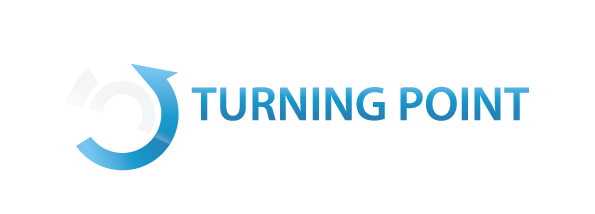The terms diversity, equity and inclusion are often used interchangeably, however, they have distinct meanings and should be differentiated properly.
Diversity topics continue to dominate the headlines, forcing companies to put a spotlight on their own organizational health. Social injustice and discrimination discussions that were once avoided in the workplace are now taking place both formally and informally, and with much discomfort. Yet, employees are demanding transparency regarding their organization’s diversity and inclusion initiatives and are looking for meaningful actions that support a positive employee experience for all. The employee experience can look very differently for diverse employees, and this is driving more organizations to incorporate equity into their diversity and inclusion strategies.
Organizations have been prioritizing diversity for years by implementing initiatives focused heavily on diverse talent attraction and recruitment. Many were seeing little to no improvement because they overlooked inclusion, a key driver of employee engagement and retention. Inclusion builds a culture of belonging where employees feel valued, respected and embraced while being their authentic selves. Diversity initiatives expanded to diversity and inclusion initiatives and focused on the employee experience with hopes to foster strong employee engagement.

Underrepresented groups often face microaggressions, discrimination, lack of support from leadership, unequal access to promotions and mentorship and pay inequity. Research shows many are subjected to stricter performance criteria and are evaluated against different expectations than their nondiverse peers. According to Stanford University’s Clayman Institute for Gender Research, men and women are assessed differently at work, where men are three times more likely to hear feedback based on business outcomes while women received 2.5 times the amount of feedback men did about aggressive communication styles. These compounded experiences can result in low employee engagement and high diverse employee turnover because the on the job experiences do not match their expectations.
Inclusion initiatives that center on the culture of an organization must be paired with equity strategies that guarantee underrepresented groups have fair access to information, resources, training and advancement opportunities as well as equitable pay. Equity seeks to ensure the fair treatment of every employee, regardless of identity and differences, and promotes impartiality within the processes, accessibility and distribution of resources by the organization.
Leaders should remove the barriers for underrepresented groups by incorporating programs and processes to establish equity across the organization.
Here are some tips organizations can take to implement equity into their D&I strategies:
- Identify clear criteria for successful performance and communicate requirements to all employees
- Evaluate current promotion practices and implement guidelines to ensure fair advancement processes for all employees
- Establish clear criteria for promotions and communicate the process with all employees
- Enhance communication and provide transparency around career development and growth opportunities
- Implement mandatory performance evaluation training for key stakeholders and decision makers
- Expand professional development training, mentorship and sponsorship opportunities to include underrepresented groups
- Offer structured professional development programs including upskilling opportunities
- Review compensation and bonus data to identify potential inequities amongst underrepresented groups.
- Partner with HR and legal to implement processes and timelines to achieve compensation equity.
The terms diversity, equity and inclusion are often used interchangeably, however, they have distinct meanings and should be differentiated properly. Diversity in a group is the presence of difference, for example, race, ethnicity, gender, experience, education, age, sexual orientation, socioeconomic status, veteran, physical or mental abilities. Inclusion is creating an environment where everyone, regardless of ability, differences or viewpoints, feels respected, welcomed, valued and included by their organization, manager and team, and where their talents have an opportunity to be considered. Equity is promoting fairness and impartiality regardless of differences. Each term is impactful and can be a catalyst when it comes to business outcomes.
Together, initiatives that leverage diversity, equity and inclusion efforts can accelerate progress and make sustainable changes in organizations who are looking to enhance the employee experience and create an inclusive environment. Perhaps they will build the framework for employees to engage in more conversations that support the organizations commitment to diversity, equity and inclusion.


